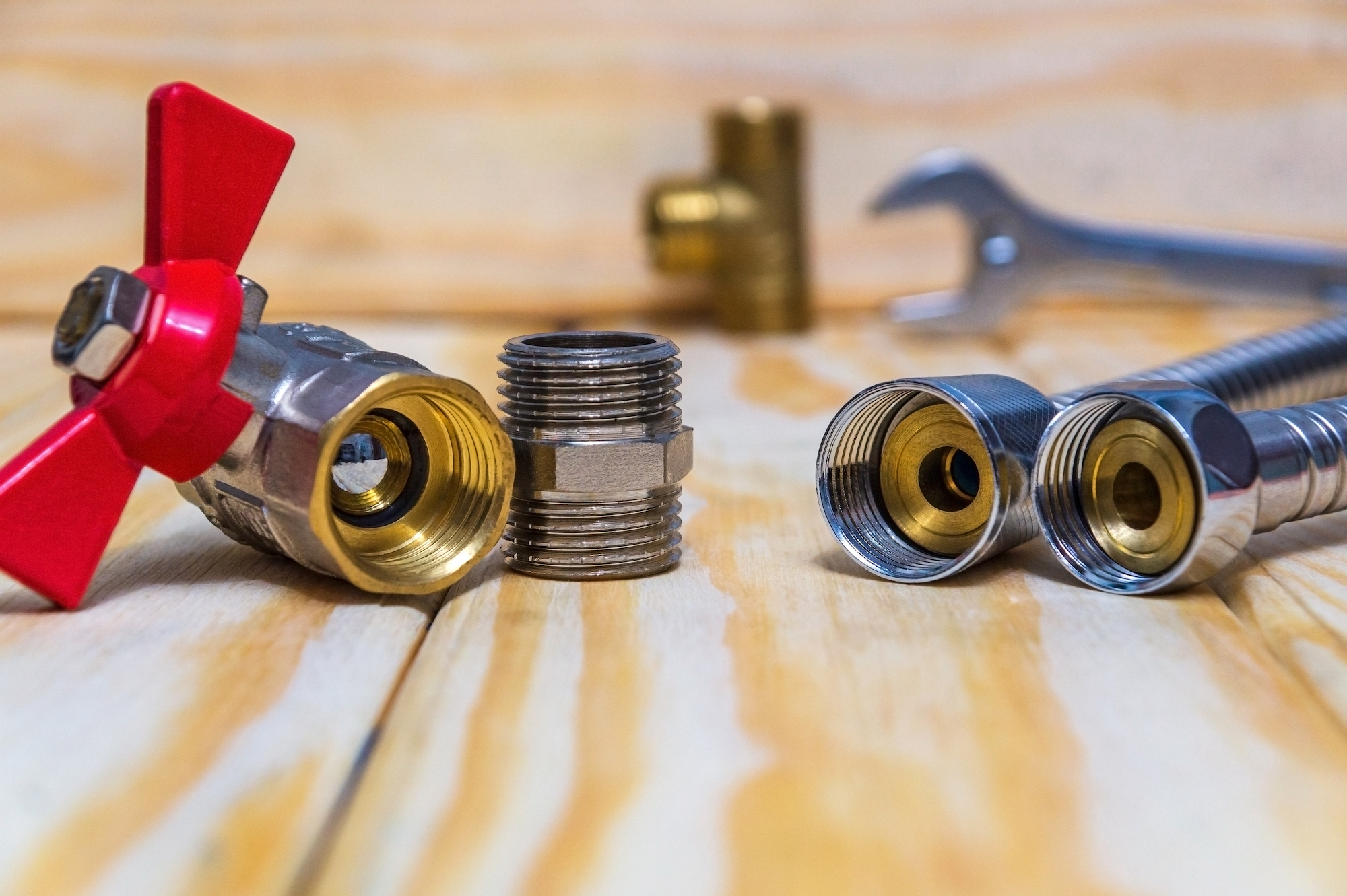
Plumbers
Search

Plumbers
Search

There are some plumbing maintenance musts that every homeowner should be aware of, one of which is where the stopcock is! If you have no idea what a stopcock is, never mind where it might be located in your house, you’ll want to read the following guide to all things stopcock-related!
Often referred to as a ‘stop tap’, a stopcock is essentially an isolation valve that has the ability to regulate the flow of liquid (such as your home’s water supply) or gas through the pipe and into the property.
As the name suggests, a stop tap is exactly that, a tap-like fixture. Instead of a spout however, a stopcock acts as a connector between two pipes. Once turned, the stop tap closes this connection to block the flow of water.
In terms of your water supply, there are two stopcocks that you need to know about. An external stopcock has a bigger footprint and controls the flow of water to your home’s supply pipe from the mains that serves your street.
An internal stopcock is a little different. This is located in your home and shuts off the water from the supply pipe as it enters your property.
As an externally operated valve, a stopcock gives homeowners better control over their water supply, which will certainly come in handy in the event of a plumbing emergency, such as a burst pipe or internal leak.
Knowing exactly where your home’s stopcock is can save you a lot of time and money as well as prevent additional damage. By knowing your stop tap’s exact location, you can act fast. Stop taps are also turned to the closed position and reopened again during plumbing repairs.
Internal stopcocks can be difficult to locate, especially in older homes. The most common place to find a water stop tap however is underneath your kitchen sink. If it’s not there, try your bathroom, under stairs cupboard, utility room, cellar or even a kitchen cupboard. Your stopcock could be located near your gas meter too.
For flat owners, the internal stopcock could be located in a communal area, such as a nearby corridor. Once found, using an internal stopcock is easy. Simply turn to close or open the valve to control the water flow. External stopcocks on the other hand often require the use of a stopcock key.
Unable to find your stopcock or have a plumbing problem? Look for a local plumber today to get the support you need.